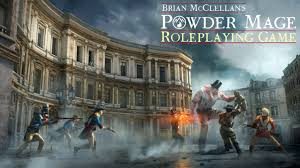As we relax over a long weekend here in the USA for our Memorial Day, it has me thinking about a project I’ve procrastinated on for quite some time: developing a lengthy list of holidays for Shadow World and specific SW cultures.
My plan was to comb through Terry’s work (canon), the SW Players Guide, a deep dive into the timelines to come up with some ideas. It’s easy to forget about holidays in a fantasy campaign, but these days can not only be adventure hooks, but provide more game texture in a campaign.
Our own world is overripe with holidays–many are re-purposed dates important to earlier cultures–but nonetheless become a integral part of our lives. In thinking about Shadow World there are four basic categories that could be used globally, regionally or locally (with crossovers):
- Astronomical Events. SW already has some significant astronomical events: Night of the Third Moon and the Comet are two of the most prominent. Certainly the number of moons and their waxing and waning might also be triggers for holidays or observances.
- Historical Events. The SW timeline is lengthy list of possible “memorial days”: from the first Elven Settlements to the Wars of Dominion there is an enormous amount of material.
- Religious. Some of the Orhan (and Charon) gods are tied to seasons, elements or natural phenomena. Their Holy Days should reflects the gods “aspect” accordingly.
- Personal/Social. Birthdays, anniversaries, wedding days or other social constructs can a reason for a holiday or festival.
From a gaming perspective, holidays could have profound effects on the normal functioning of society. Perhaps local businesses are closed, social norms are loosened, the practice of magic is encouraged or prohibited or there are required dress/costume and behaviors (fasting) expected of everyone–even travelers and visitors. The celebrations can also represent dangers to foreigners if social norms or customs are violated or insulted.
I’m going to start a spreadsheet and start adding various events–if anyone has an ideas for Shadow World, leave a comment and I can add it in! Don’t forget the fun ones–especially the Kieron’s Festival!







